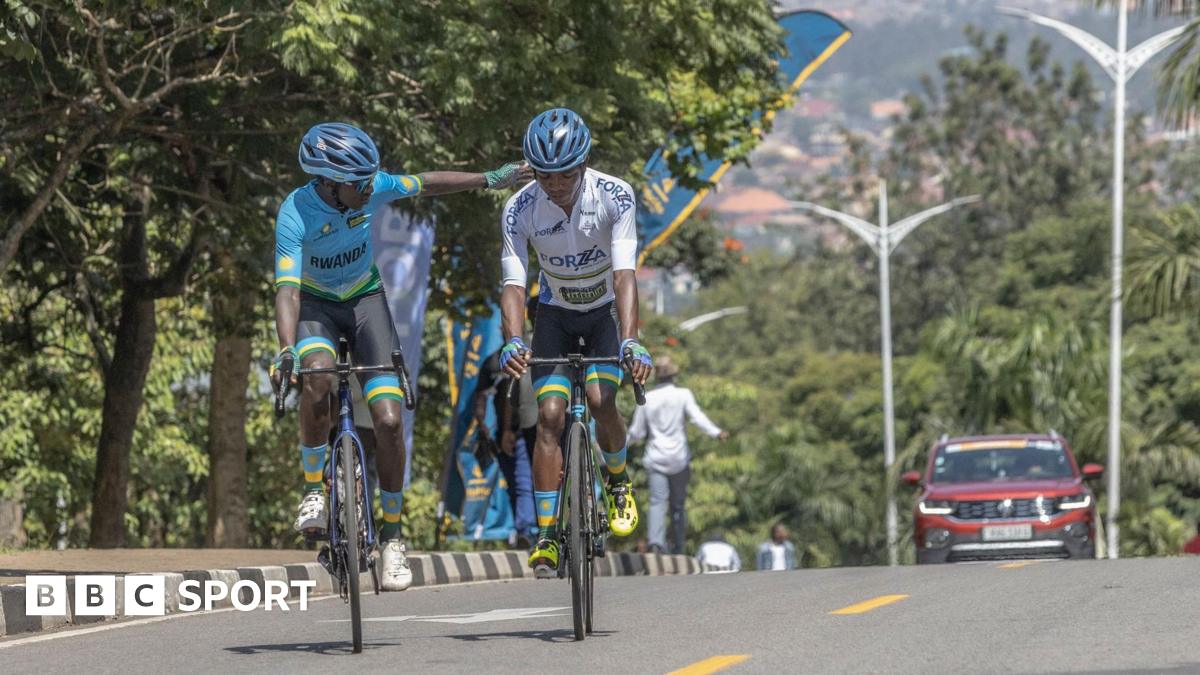World Rugby has confirmed it will trial a card review system at the upcoming World Rugby Under-20 Championship before potentially rolling it out at this autumn’s men’s World Cup.
The change is intended to stop players being wrongly shown a red card as England’s Freddie Steward was in the Six Nations earlier this year.
A similar review process is being trialled in Super Rugby.
The World U20 Championship begins in South Africa in June.
The card review process would only be used in-game when a foul play call is not clear from initial replays.
In that situation, instead of showing a straight red, a referee would have the option to show a yellow card that gives a second television match official (TMO) a chance to have a detailed look at the incident with all angles available.
With the player in the sin-bin for 10 minutes the TMO would decide if the foul play warrants being upgraded to a red card, in which case the player would not return to the pitch.
If the TMO believes it is a yellow card only, then the player would return to the match after the usual 10 minutes in the sin-bin.
The change would not take away referees’ ability to red card a player. A clear on-field red would remain as such.
In a statement, World Rugby said: “World Rugby continues to be open to innovations or technology that have the potential to assist officiating, enhance game flow and advance welfare in line with the key outcomes of the recent Shape of the Game conferences.
“The Television Match Official (TMO) Bunker is a concept that reflects that mission, having the potential to reduce lengthy stoppages and promote accurate decision-making for foul play, as evidenced in the current Super Rugby Pacific trial.”
A TMO bunker would be a place away from the stadium where two or three television match officials would be, similar to video assistant referees in football.
England’s women’s head coach Simon Middleton has previously backed the law change, saying: “We’ve seen it first-hand the impact of losing a player. I think it’s a really positive and progressive step.”























